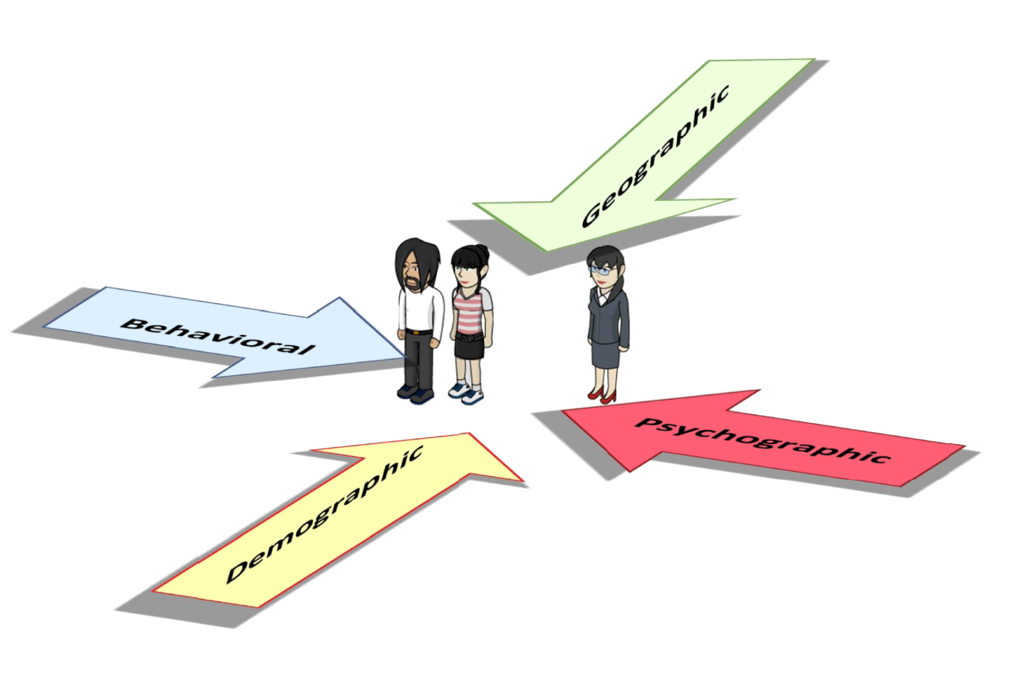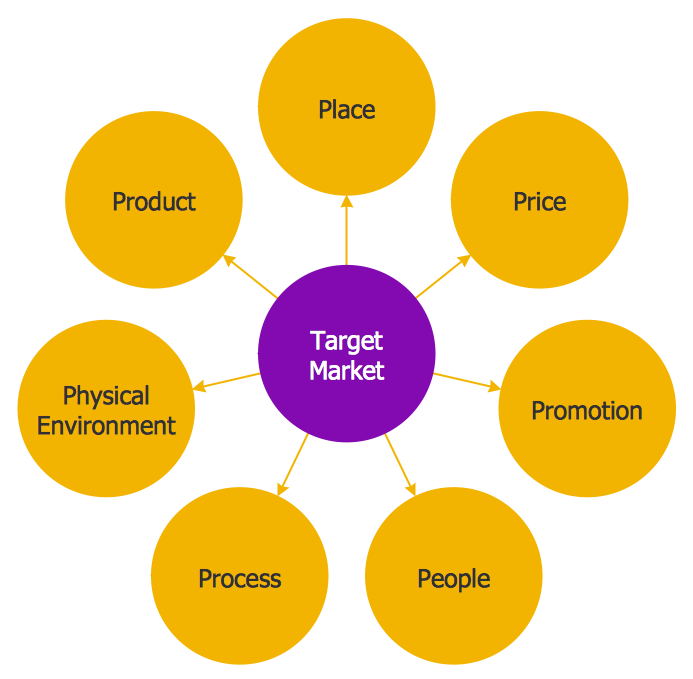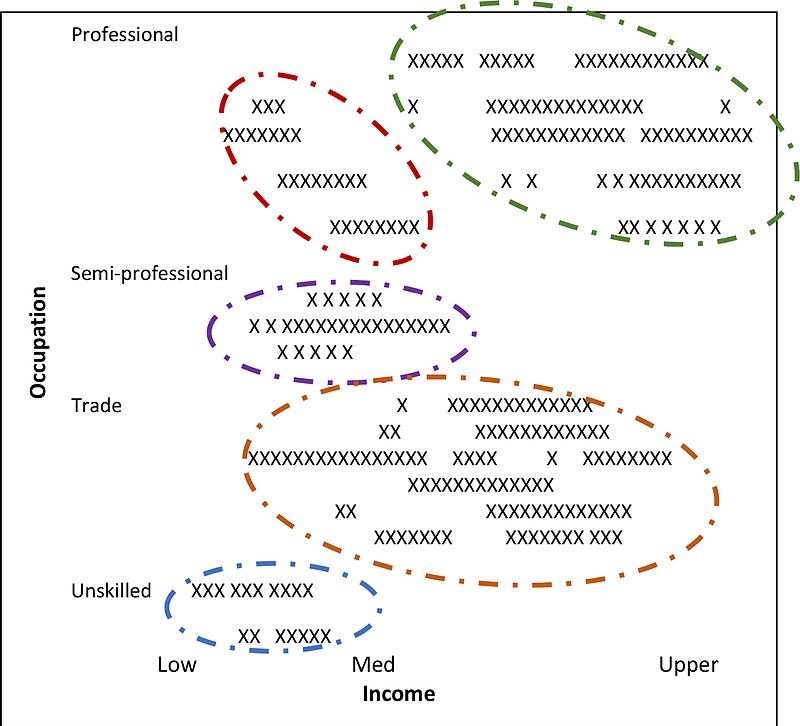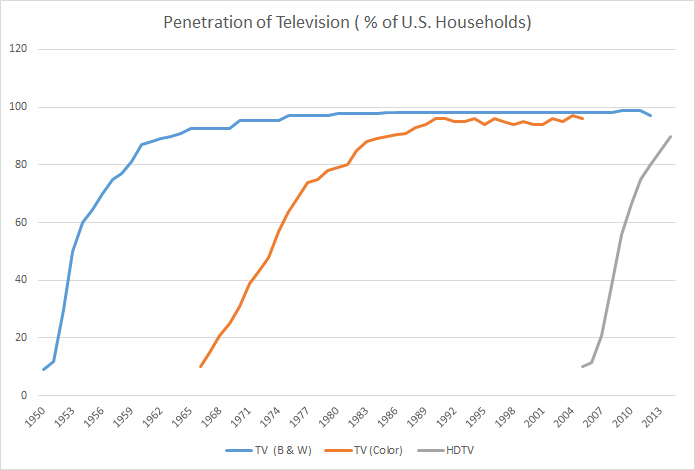Customer segmentation ordinarily relies on enormous data sets and especially demands to be designed in an appropriate fashion. Because of this, in today’s tutorial, we will learn about customer segmentation in the marketing domain and how to tackle this problem with the help of machine learning.
This article was published as a part of the Data Science Blogathon
Customer Segmentation & Its Types
Customer segmentation is the method of distributing a customer base into collections of people based on mutual characteristics so organizations can market to group efficiently and competently individually.
The purpose of segmenting customers is to determine how to correlate to customers in multiple segments to maximize customer benefits. Perfectly done customer segmentation empowers marketers to interact with every customer in the best efficient approach.
In marketing, a corporation might segment shoppers or buyers according to the standards of Segmentation associated & a broad array of causes such as:
Demographic Segmentation that includes:
- gender
- age
- occupation
- marital status
- income
Geographic Segmentation that includes:
- country
- state
- city of residence
- Specific towns or counties
Technographic Segmentation that includes:
- technologies
- software
- mobile devices
Psychographic Segmentation that includes:
- personal attitudes
- values
- interests
- personality traits
Behavioral Segmentation that includes:
- actions or inactions
- spending/consumption habits
- feature use
- session frequency
- browsing history
- average order value
Effect Of Customer Segmentation In Marketing Domain

By segmenting users, marketers can obtain the most maximum of their operations budgets by targeting the appropriate audiences. You can converse straight to customers who are most assuring to transform without spending money on impressions or users who aren’t inclined to purchase the following product.
And you can decorate marketing messages & make them appealing to sustain prospects down the duct more productively. That work can associate with both intelligence and merchandise development.
Definitely, Segmentation promotes a corporation in the following ways:
- Design and deliver targeted marketing advice that will resonate with particular customer associations but not with others (who will accept notifications according to their requirements and importance, preferably).
- Decide the most reliable communication course for the segment, anything from email, social media posts, radio advertising, or a different procedure, depending on the feature.
- Distinguish methods to promote products or new merchandise or assistance opportunities.
- Build more trustworthy consumer relations to enhance customer assistance.
- Analysis of pricing selections to concentrate on the most influential customers.
Keypoints To Remember For Customer Segmentation In Marketing Domain

Most companies, when they commence with customer segmentation, they lack a clear vision and a goal. You can try the subsequent measures to obtain segments in customer support on a universal level.
- Examine the present customers: Knowing the geographic distribution, shopper preferences/beliefs, analyzing website search page analytics, etc.
- Acquire knowledge of every consumer: Plotting an interactive chart for each customer to an assortment of decisions to explain and foretell their response like the commodities, assistance, and content they would be engaged in.
- Explain segment possibilities: Once the sections have been established, they should implement a fit business understanding of every segment and its difficulties and possibilities. You can map the entire company’s marketing policy to provide to diverse niches of consumers.
- Research the segment: After comparing the description and marketing significance of distinct customer segments, a corporation must realize how to transform its products or assistance to more valid aid. For illustration, it may determine implementing higher cuts to some buyers than others to develop its existing consumer base.
Steps To Perform Customer segmentation with Machine Learning Algorithms
Machine learning, a class of artificial intelligence, can investigate data sets of similar customers and interpret the most beneficial and most inadequate performing customer segments.
The subsequent actions are one of many strategies to tackle customer segmentation over machine learning. You can utilize your favorite tools, partners, and skills to handle these methods conveniently.
Step 1: Design A Proper Business Case Before You Start

In the case research, we need to visualize consumer habits and styles from different perspectives. You don’t need to go into this method recklessly. Otherwise, the result will be dirty and disordered.
Alternatively, you require a good business case to start with. The prospect of applying machine learning and artificial intelligence can be thought of with:
- Can the consumer support be organized into groups to generate customized connections within them?
- Is determining the most vital customer gatherings within the entire pool of consumers worthy?
To fully appreciate customers’ spending and regulation, you can practice with the latter points in mind:
- Amount of commodities ordered
- ordinary return rate
- cumulative spending
Once you’ve prepared the business case, proceed to the next step.
Step 2: Collect & Prepare The Data

The next step is to assemble the data to discover more different patterns and biases inside the datasets.
You will also necessitate setting complex characteristics depending on the most relevant metrics for your organization. It may involve:
- Medium lifetime value
- Consumer purchase cost
- Consumer pleasure
- Maintenance rate
- Net earnings
You will need to scale, preprocess and fill the missing values using the open-source tools available in python, such as pandas, NumPy, etc. This step needs to be fixed because they add to the visualization step later.
The more extra customer data you have, the more precise decision you will perform in customer segmentation with machine learning.
That leads us to the next step.
Step 3: Performing Segmentation Using k-Means Clustering

K-means clustering is a famous method of unsupervised machine learning. This method obtains all of the diverse “clusters” and clubs them collectively while maintaining them as tiny as attainable.
Algorithms works in this manner:
- First, we randomly initialize the value of k as the number of clusters or n- centroids.
- Next, we allot each data points to the nearest centroid forming separate groups while relocating the center to the middle of all cluster employing euclidian distance.
- While working through the preceding steps, the algorithm checks and tries to reduce the sum of squared distances among clustered-point and middle for all clusters.
- When all data points unite, repetition ends.
Step 4: Tuning The Optimal Hyperparameters For The Model

Determining the most beneficial kit of hyperparameters for an algorithm is the subsequent measure in customer segments with Ml because it assists us in attaining the most genuine and satisfying customer crowds.
While choosing the k value, we will select upon the optimization principles of the K-means, inertia, practicing the elbow method.
With the elbow method, we will decide the k value wherever the drop in the inertia sustains.
Step 5: Visualization Of The Results

At last, we visualize the decisions applying the open-source Plotly-Python, a plotting library in python for making interactive graphs, plots, and charts. Then we understand the charts and various graphs to develop our enterprise.
Possessing genuine consumer profiles at your fingertips will help enhance marketing operations targeting, innovation launches, and the merchandise roadmap.
It will provide your organization exceptionally more evident thoughts about which customers have the most effective retention rate, contracts, and additional metrics you initially planned.
Conclusion
Customer segmentation is essential. Machine learning can get control over the complete process. Discovering all of the different groups that build up a more meaningful customer base permits you to get into customers’ brains and give them precisely what they crave, enhancing their participation and expanding profits.
Thanks for Browsing my Article. Kindly comment and don’t forget to share this blog as it will motivate me to deliver more quality blogs on ML & DL-related topics. Thank you so much for your help, cooperation, and support!
The source for all the images used is wikipedia.
About Author
Mrinal Walia is a professional Python Developer with a computer science background specializing in Machine Learning, Artificial Intelligence, and Computer Vision. In addition to this, Mrinal is an interactive blogger, author, and geek with over four years of experience in his work. With a background working through most areas of computer science, Mrinal currently works as a Testing and Automation Engineer at Versa Networks, India. My aim to reach my creative goals one step at a time, and I believe in doing everything with a smile.
The media shown in this article are not owned by Analytics Vidhya and are used at the Author’s discretion.





